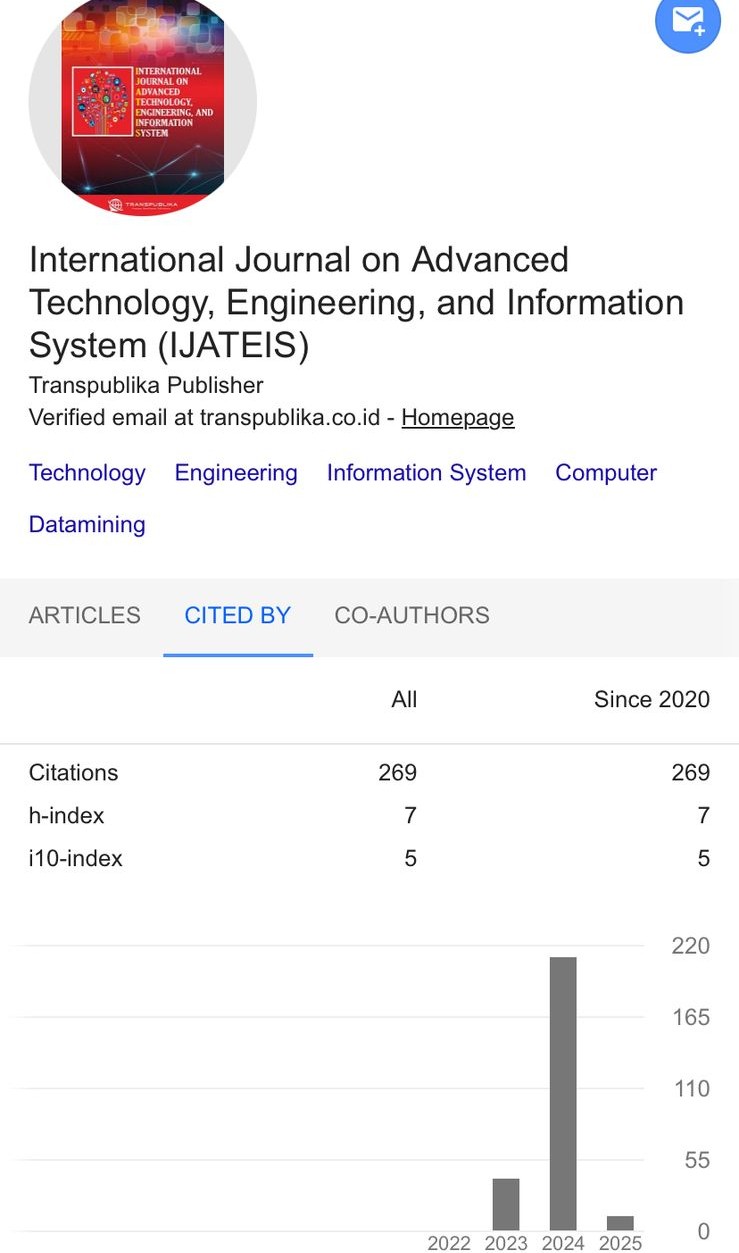Drainage Analysis of Pondok Jati Housing and Drainage Replanning
Main Article Content
Hasan Alif Fathurokman*
Esti Wulandari
Laksono Djoko Nugroho
The Pondok Jati housing complex is less able to receive or accommodate rainwater discharge due to changes in channel dimensions, shallowing of channels, and dirt due to waste from people who do not care about the local environment. To anticipate this, it is necessary to repair and build infrastructure that functions as a flood controller according to the characteristics and conditions of the location. Efforts made for this are to redesign drainage at low cost. Hydrology and Hydraulics methods are applied to obtain a 5-year planned discharge and existing channel discharge, to plan channels with a 5-year planned return period. The existing channel discharge for the Pondok Jati housing complex is obtained as much as 0.450 m3/sec, and modeling is carried out in accordance with SNI 02-2406-1991: Procedures for general planning of urban drainage. With the redesign, the planned channel dimensions are obtained measuring 0.50 m x 0.75 m, in the form of a square without a cover.
Andung, Y., Suripin, S., & Setiadji, B. H. (2019). Design of Sustainable Road Drainage System Model. Journal of Sustainable Engineering: Proceedings Series (JoSEPS), 1(1), 35–45.
Cahyono, C., & Wjaya, D. (2024). Planning For Kucica Residential Drainage System in South Tangerang City Using SWMM Modelling. IOP Conference Series: Earth and Environmental Science, 1311(1), 12049.
de Souza, L. N. N., & Junior, J. L. (2023). Study of the hydrological impact of the growth of a residential neighborhood on urban drainage–A case study at the city of Macaé, Rio de Janeiro, Brazil. Ciência e Natura, 45, e16–e16.
Indonesia, S. N. (1991). SNI 02-2406-1991. Tata Cara Perencanaan Umum Drainase.
Juliastuti, Y., Wihartono, T. K., Wijayanti, Y., Safitri, L., & Sebayang, I. S. D. (2023). The assessment of drainage performance in the residential area using SWMM. SINERGI, 27(2), 281–288.
Kinkade-Levario, H. (2007). Design for water: rainwater harvesting, stormwater catchment, and alternate water reuse. New society publishers.
Nugroho, L. D., & Abduh, M. (2023). Metode Hidrograf Satuan Sintetis (HSS) Laksono-Erub untuk Banjir Rancangan pada Sungai Plumbon. Media Teknik Sipil, 21(1), 18–25.
Saidah, H., Nur, N. K., Rangan, P. R., Mukrim, M. I., Tamrin, T., Tumpu, M., Jamal, M., Mansida, A., & Sindagamanik, F. D. (2021). Drainase Perkotaan. Yayasan Kita Menulis.
Vilariño, M. R., Calama Rodríguez, J. M., & Martín del Río, J. J. (2015). Integration of sustainable urban drainage systems into the design of neighbourhoods as a water rehabilitation action. Congreso Internacional de Costrucción Sostenible y Soluciones Ecoeficientes (2015), p 1195-1220.
Wibawanto, A. E., & Suhel, H. (2023). Evaluation Of Drainage Canal Mitigation In Banjarmasin City Post Hydrometeorological Disaster. IOP Conference Series: Earth and Environmental Science, 1276(1), 12030.
Widarmano, A. W., Suhardono, A., & Harsanti, W. (2022). Perencanaan Ulang Drainase Pemukiman Di Perumahan Pondok Jati Kecamatan Buduran, Kabupaten Sidoarjo. Jurnal Online Skripsi Manajemen Rekayasa Konstruksi (JOS-MRK), 3(2), 172–176.
Yazdanfar, Z., & Sharma, A. (2015). Urban drainage system planning and design–challenges with climate change and urbanization: a review. Water Science and Technology, 72(2), 165–179.
Zhang, X. M., Li, G., & Zhang, R. F. (2014). Evaluation the Drainage System of Residential Area Based on Dynamic Wave Routing Algorithm. Advanced Materials Research, 831, 506–510.












